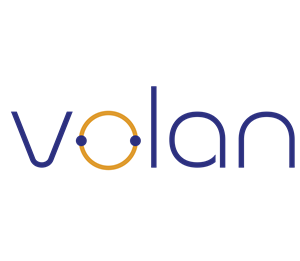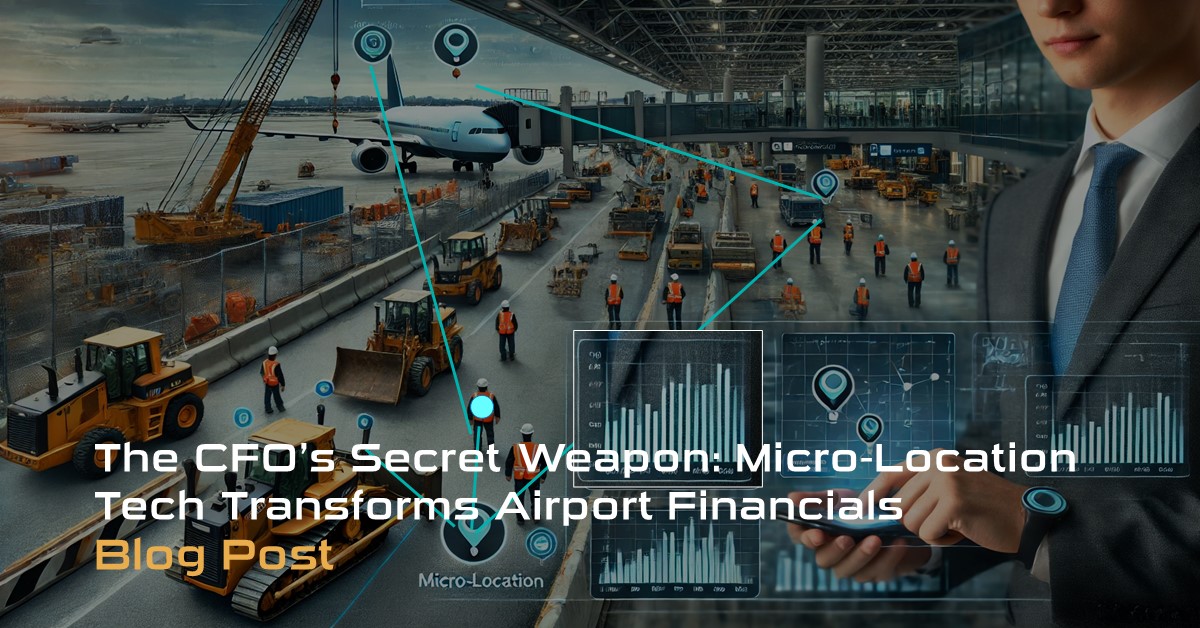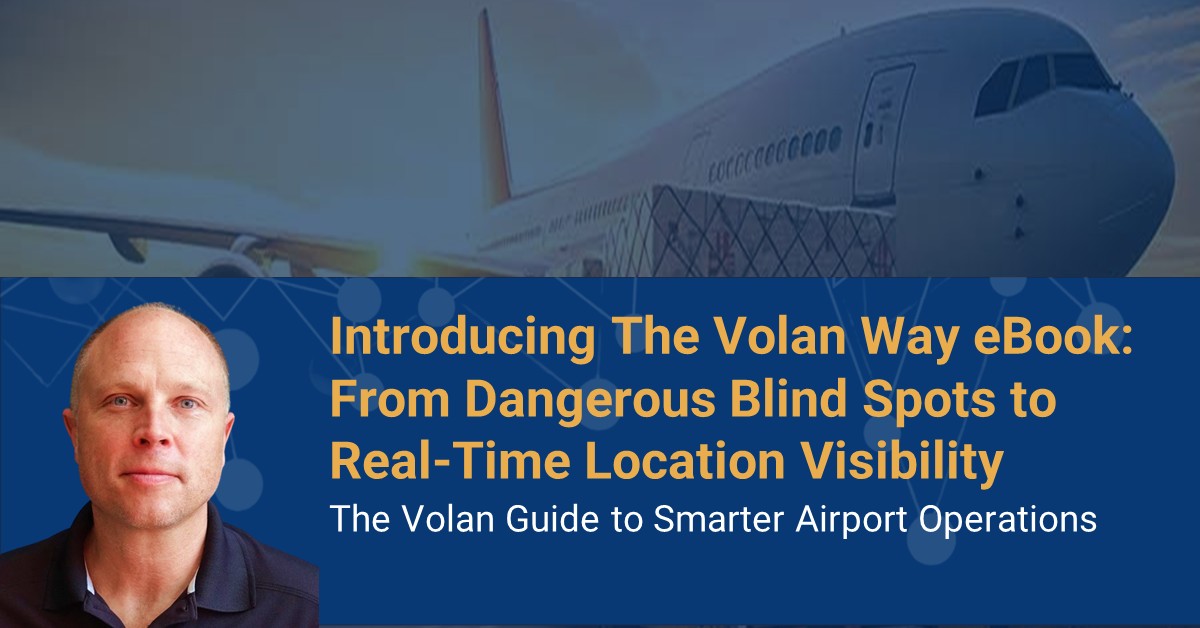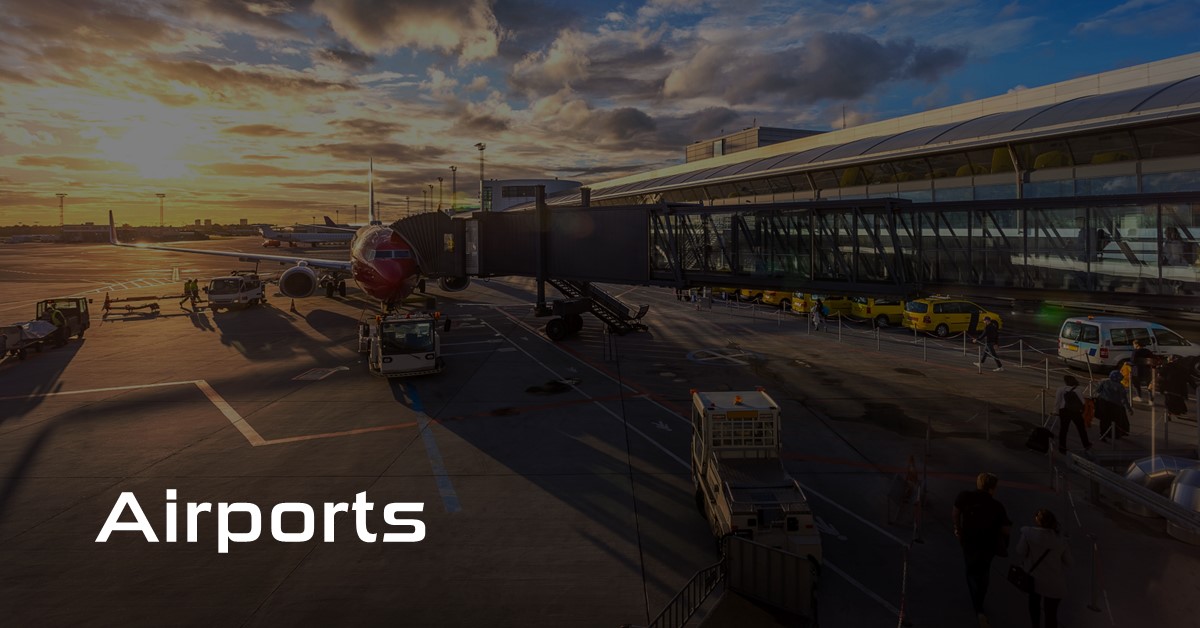The CFO’s Secret Weapon: Micro-Location Tech Transforms Airport Financials
Our Ramsey Nuwar examines the challenges faced by airport CFOs in tracking contractor labor hours and says that micro-location technology is a solution. Ramsey has a 30 year history of working with airports, airlines and service providers. An international aviation expert, with extensive experience in airport IT systems, ESG and sustainability management, onboard service & F&B.
Throughout my time in the aviation industry, I’ve had countless conversations with airport Chief Financial Officers about their challenges. One recurring theme stands out: the struggle to accurately track and verify contractor labor hours during large-scale construction projects. As someone who’s witnessed the evolution of airport operations firsthand, I’m excited to share insights on a game-changing technology that addresses this persistent issue.
Micro-location systems offer a straightforward yet powerful solution to the challenge of labor tracking. The process is remarkably simple: contractors receive a compact locator device at the start of each shift, which they clip onto their belts or lanyards. These devices utilize cutting-edge positioning technology to seamlessly track real-time movements throughout the day within designated work areas.
This technology enables airports to automatically capture verifiable data on when contractors enter and exit the site, as well as precisely where they’re working. It’s a non-intrusive way to gain unprecedented visibility into workforce activities, enhancing both safety measures and labor utilization tracking.
The adoption of such systems is already underway, with some major airports and international construction companies leveraging this technology to monitor their workforce effectively. By implementing micro-location technology, airports gain the ability to gather accurate, real-time data that was previously impossible to obtain.
For CFOs, this technology offers a powerful tool to enhance financial oversight and decision-making. Here’s why I believe it’s a critical consideration for any forward-thinking airport finance team:
- Verifiable Labor Costs: Gone are the days of relying solely on self-reported timecards. Micro-location technology provides CFOs with irrefutable data on contractor hours, allowing for verification before payment. On projects where labor costs run into millions, even small inaccuracies can lead to significant overpayments. This technology offers a safeguard against such financial leakage.
- Risk Mitigation: In my interactions with CFOs, risk management is always a top priority. Micro-location technology provides a clear audit trail, reducing financial risks associated with labor cost overruns and enhancing reporting accuracy to stakeholders.
- Data-Driven Financial Planning: The wealth of data generated by micro-location systems goes beyond mere tracking. It offers invaluable insights for future project planning, budgeting, and resource allocation. CFOs can leverage this information to make more informed financial decisions and improve forecasting accuracy.
- Operational Efficiency Driving Financial Growth: The rich operational insights gained from micro-location technology often leads to substantial cost optimizations and revenue enhancements. By illuminating patterns in contractor movements and time allocation, CFOs can spearhead strategic improvements that directly boost the bottom line. This data-driven approach not only trims unnecessary expenses but also uncovers opportunities for increased productivity and resource optimization, ultimately contributing to the airport’s financial growth and competitive edge.
- Enhanced Stakeholder Reporting: In an era where transparency is paramount, having detailed, accurate data on labor utilization enhances a CFO’s ability to report to boards, government entities, and other stakeholders with unprecedented precision.
The airports that thrive in the coming years will be those that leverage technology to enhance every aspect of their operations, including financial oversight. By adopting precision labor tracking, CFOs aren’t just improving current financial management; they’re laying the groundwork for smarter, more efficient airports of tomorrow.
Ready to transform your airport’s financial oversight? Click here for more information.
Our Airport Solution
Our construction barrier technology provides geofenced barriers for airport construction sites to keep workers out of restricted areas and reduces the costs for worker escorts. Airport construction projects are never-ending, have many workers, and regulations require full-time monitoring of worker location. Volan’s technology can provide alerts within 2-3 seconds if a worker moves into a restricted space, along with the precise location of the worker and a live map view. Visit our Solutions for Airports page.












